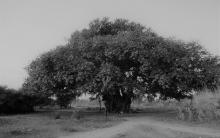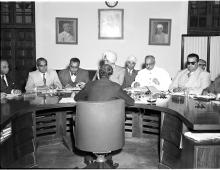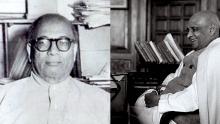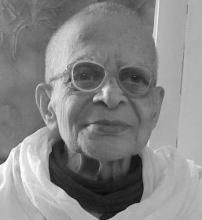A Judgement
One more instance to exemplify Shastri’s verbal prowess.
In a village near Bangalore, K— had taken some money as a loan from R— saying that he would return the money the very next day. But even after months he did not return it. Later once somewhere in the Gandhinagar locality of Bangalore they met each other by accident and the topic of money came up immediately and resulted in heated exchange of words.









